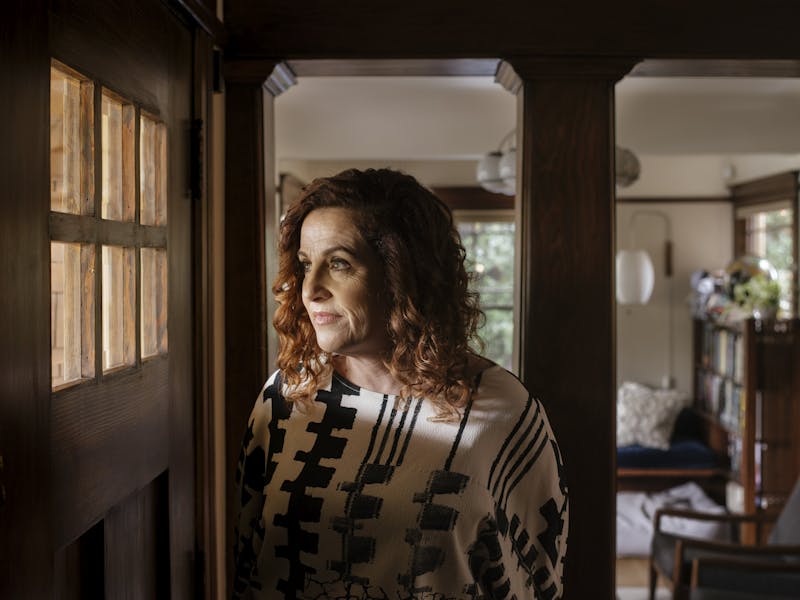In 2009, when she was 56 years old, Judith Goedeke, a retired acupuncturist living in the middle of Maryland who was suffering from severe depression, took psilocybin, the psychoactive ingredient in magic mushrooms, for the first time.
Goedeke was a volunteer subject for a government-approved research study on the effects of psychedelic compounds. Judith followed the advice of the project’s leaders, and brought a keepsake to her sessions, which could last more than eight hours each. The idea was to use a familiar object with sentimental associations (a photograph, heirloom, etc.) to serve as a kind of psychic security blanket. The idea was to direct Goedeke’s focus as she explored the shifting geography of her own consciousness. She brought a statue of Guanyin, a Buddhist bodhisattva, a souvenir that her husband had taken home from a trip to Taiwan. “That’s the goddess of mercy,” Goedeke recalled some 11 years later. “It means a great deal to me.”
Her Guanyin statuette was carved, with great delicacy, from a burl—a bulbous, knotty outgrowth of a tree that typically emerges out of some area of trauma, like an injury or an infection. From the outside, burl wood appears deformed, all grayish scabs of nasty bark. Inside, it reveals colorful lumps and concentric swirls, cresting and falling, burrowed inside one another in seemingly infinite regress. As you ponder a burl’s interior design, you get the distinct impression that nature went nutty with a spirograph. A burl evinces both illness and the response to that illness, the journey from harm to healing. It’s a suitable material, both as homage to a Buddhist goddess of compassion who heeds the anguished cries of the living—and as an allegory for the therapeutic power of psychedelics.
Goedeke’s trip would, not unlike the burl itself, traverse beneath the hard carapace of her isolated suffering and evoke something much bigger, even transformative. The psilocybin sessions would find her fearlessly confronting much of the deeper anguish roiling just beneath the surface of her conscious mind: the sources of her depression, the fallout from a destabilizing kidney cancer diagnosis, the trauma of her childhood abuse. As this trip wore on, she’d find herself bartering with a voice deep inside her, leaving her own body, and seeing herself as a golden thread woven together in a tapestry with a trillion others. Finally, deep in a hallucinatory revel, she saw herself scooping up the sins and miseries of all of human history and laying them, as she relates it, through fitful sobs, “at the feet of the divine.”

